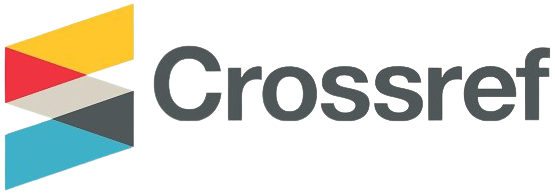Prediction of Obesity Classification Using K-Means Clustering
Abstract
This paper aims to determine the difference between someone who is obese and who is not and classify the level of obesity by utilizing the K-Means clustering algorithm to group them. The move was taken as part of obesity prevention efforts, with the hope that a deeper understanding of the distribution of obesity within specific categories could help design more specific and effective interventions. Using this approach, it is hoped that this study can contribute to our understanding of the complexities of obesity and encourage more precise and targeted preventive measures. In this study we used datasets from Kaggle. It is used to classify the difference between underweight and overweight people. In this study, data was processed using Data Mining techniques with the K-Means method. Based on the classification, four clusters were categorized. Cluster 0 in this cluster only has women, with an age range ranging from 45 to 60 years. Relatively thin to normal weight. Cluster 1 only has men, with an age range of more than 40 years and 55 to 60 years. People in this cluster are overweight or obese. Cluster 2 women aged 15-70 years make up the majority in this group, with women aged 55-60 years as the highest proportion. In general, they have a normal weight. Many underweight individuals aged 10-45 years, with the highest proportion at the age of 20-25 years. The classification results show that men have a higher likelihood of suffering from obesity than women. Therefore, obesity prevention needs to be done, one of which is by applying a healthy lifestyle.













